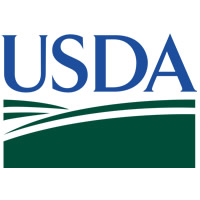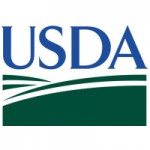Between 2009 and 2015 there was a 12% reduction in foodborne illnesses associated with meat, poultry and processed egg products. “We’re better now at keeping unsafe food out of commerce, whether it’s made unsafe because of dangerous bacteria, or because of an allergen, like peanuts or wheat,” said Agriculture Secretary Tom Vilsack in a USDA release. “Over the course of [President Obama’s] Administration, we have tightened our regulatory requirements for the meat and poultry industry, enhanced consumer engagement around safe food handling practices, and made smart changes to our own operations, ultimately moving the needle on the number of foodborne illness cases attributed to products that we regulate.”
USDA’s Food Safety and Inspection Service (FSIS) has implemented a number of initiatives since 2009, including:
- Establishing a zero-tolerance policy for raw beef products that contain shiga-toxin producing E. coli: O26, O103, O45, O111, O121 and O145.
- Labeling mechanically tenderized meat. The blades or needles used to tenderize meat an introduce pathogens into the meat.
- First-ever pathogen reduction standards for poultry parts in order to reduce consumer exposure to Salmonella and Campylobacter. The standard is expected to prevent 50,000 cases of foodborne illness each year.
- Requiring that all poultry facilities create a plan to prevent contamination with Salmonella and Campylobacter, instead of addressing the problem after it occurs. Poultry companies must collect samples at two points in the production line and test them to show control of enteric pathogens.
- Requiring meat and poultry companies to hold all products that are undergoing lab analysis until USDA microbial and chemical tests for harmful hazards are complete.





Food Safety is a HUGE joke! Especially in Meat and Poultry!